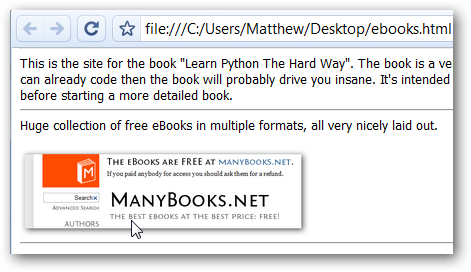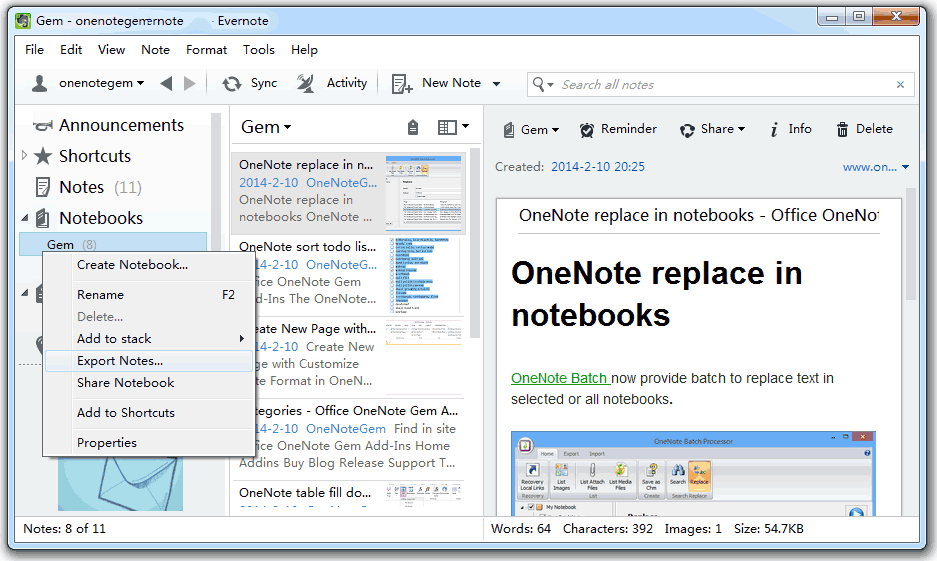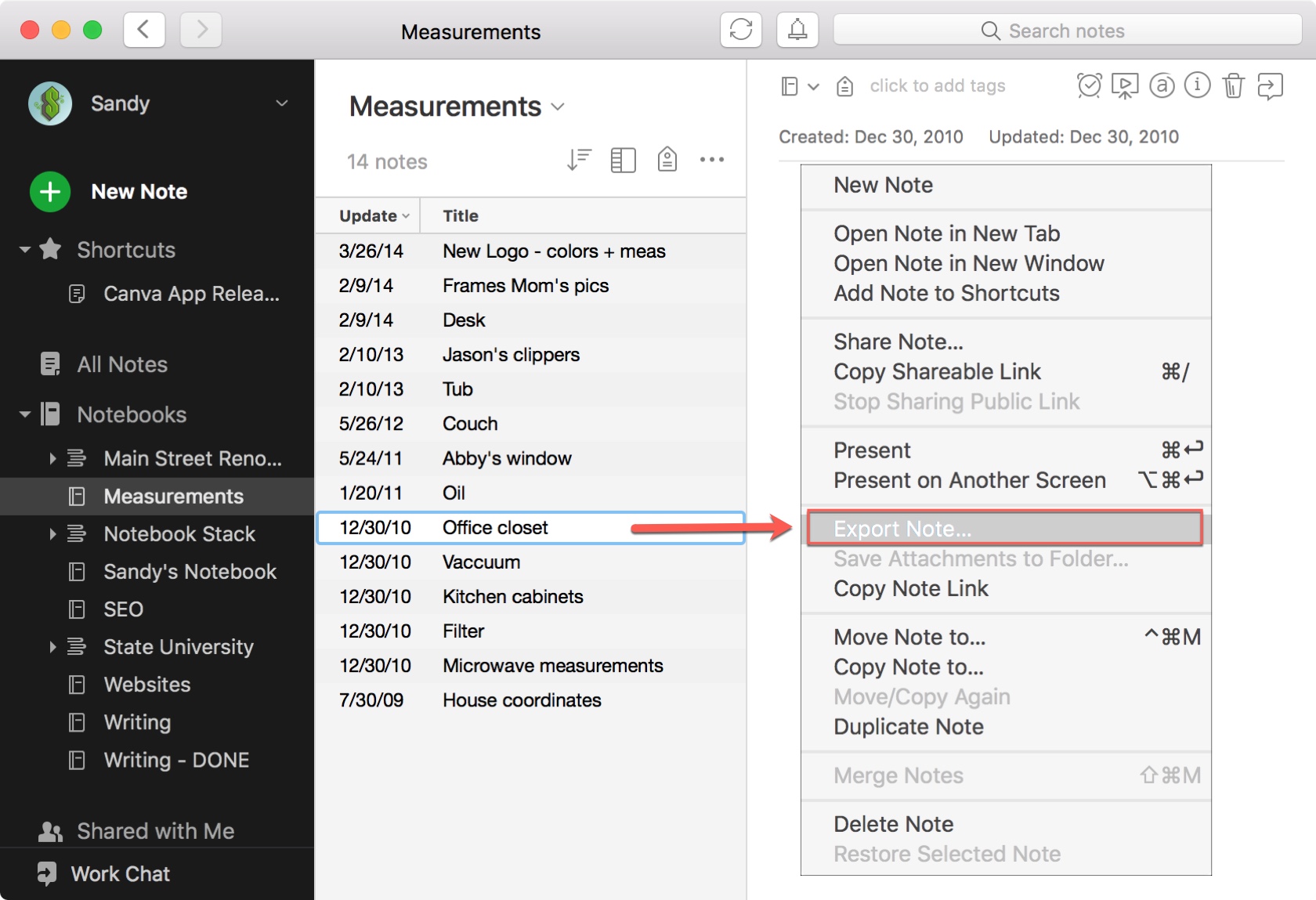

My beef is simply that it depends on connectivity to function properly. OneNote is an excellent place to start you can do a lot with it, it's cross-platform and pretty agile. It is one of the apps I rely on most in my business.ĭevonthink is a highly rated Mac-specific app that is in the same category as Evernote as a tool for organizing and retrieving info, but I find it a little complex and I don’t Iike that it is not cross platform. I consider it a dumping ground of things that I may need later. And as it is one giant database, you have to use notebooks inside it to separate your notes into specific projects.

Syncs among all devices and has best in class OCR and search features. I have also relied on Evernote for years as a place to keep thousands of bits of info of every type for easy retrieval. But I do not use it for long writing projects that require a lot of editing. It feels very much like a notebook that you can write or paste things on anywhere. it will do OCR on your handwriting just like Evernote. I adore OneNote as well, and use it mainly as a big flexible whiteboard for handwritten notes, collages of notes, sketches and projects as I am working on them, PDFs and Word docs, web pages, etc. The company that makes Scrivener has another little app called Scapple which is a nice complement to Scrivener, as it allows you to create diagrams and flow charts on a free form page to help think through ideas and connections, then import the pieces to Scrivener. The Mac version allows you to drag web pages in as well, html intact. It is also the best tool for writing because of the ease of rearranging chunks of info. I usually make a Scrivener project for every subject or project that needs a lot of disparate pieces of info pulled together- notes, PDFs, images, web pages, etc. It's been 8 or 9 years since I used anything but Scrivener for projects more than 3 or 4 pages long. It's possible to use it as a lean mean writing app. The new Scrivener is trying to be all things, but you don't have to give in to all the complexity that's there. When you have what you're after, you export it to Word (or PDF, or whatever) and go from there.

It's trivially easy to bring up another new chunk of information in the research pane. Typically I have a Scrivener pane open with what I'm writing, and put up notes or research or whatever else I want in the other pane either to look at, or to copy/paste into the writing pane.

So once you import all your material, you don't have to be poking around on your disk looking for it. Its "Binder" organization with folders for research is very handy - meaning you can have any amount of research, notes, other material, all easy to access and outside of your writing folder, but inside the Scrivener project. As yaxomoxay suggested, take a look at Scrivener.


 0 kommentar(er)
0 kommentar(er)
